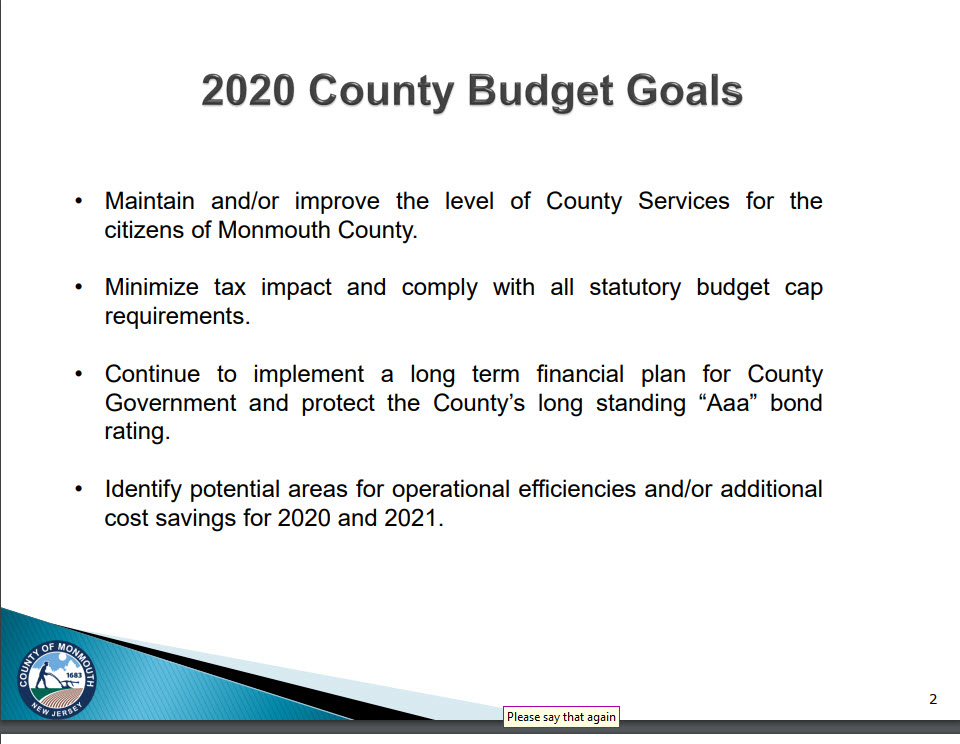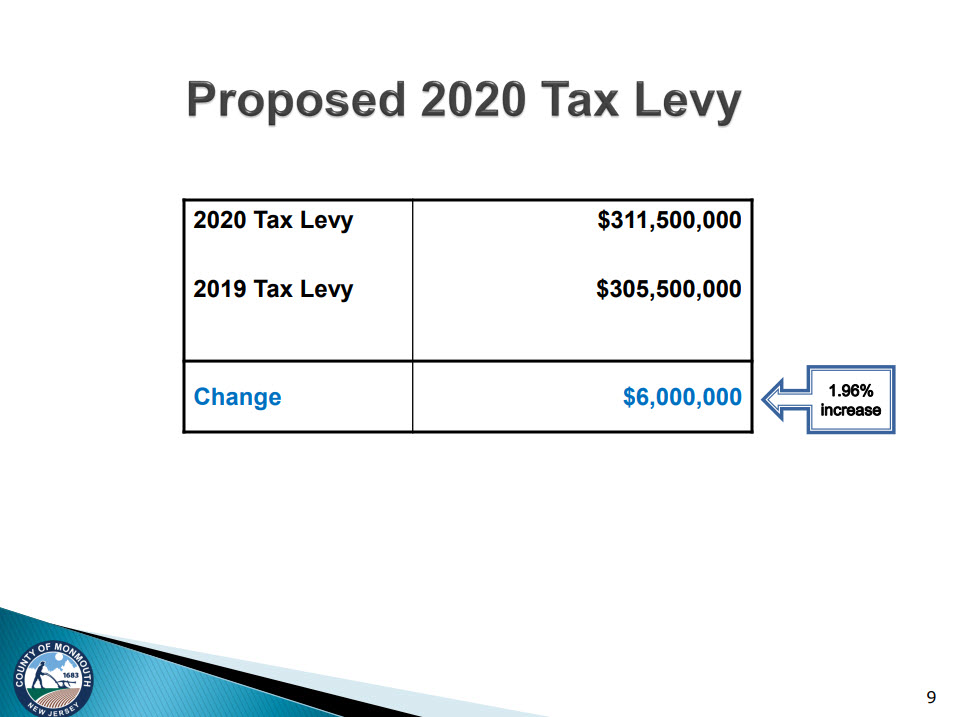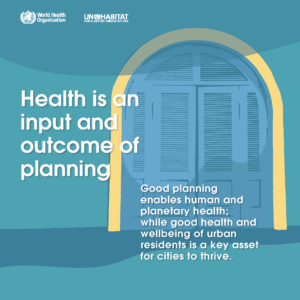
CANNABIS: USE AND SALE – ANY QUESTIONS?
Cannabis legislation Excerpted from the New Jersey state the municipalities website Can cannabis facilities operate within “Drug-Free School Zones?” The Comprehensive Drug Reform Act of
Community Planning Perspectives
Planning resilent communities in New Jersey
Many years ago, I heard this expression. Scratched my head and thought “what the hell does that mean?”
Then I watched the motion picture All the President’s Men where that catchphrase became popular. So, whether it’s politics or crime or maybe a combination thereof, to find out what’s going on or who is corrupt, you must follow the money. You need to know where it comes from and where it goes and how it flows from one account to another from person-to-person and so on. This is probably not news to you the reader, but I felt we needed to start the conversation here.
Good local government requires that budgetary process be transparent. Budgets should be discussed in a public forum. They must be made available for the public to review. The public shall be allowed to comment in question the budget – revenue and expenditures, purpose of spending – in a public meeting. The process of reviewing adoption is only the beginning. Public officials must be held accountable as well
The Middletown budget is available at https://www.middletownnj.org/275/Budget-Finance-Documents.
The Monmouth County budget can be downloaded from https://www.visitmonmouth.com/page.aspx?ID=2154.
In my opinion, following the money requires knowledge of the budget, Master Plan, and the Capital Improvements Plan. The Master Plan is the first document to review as it establishes the goals and objectives for the community. The budget itself may also contain goals.

Implementing those goals requires funding. That funding is specified in the local government budget. I would suggest that any resident that is interested in tracking fiscal responsiveness needs to start at the beginning. Is the budget consistent with the comprehensive plan? Are funds available to implement comprehensive plan? If not, why not?
The key element of any Master Plan is the capital improvements needed for its implementation. Therefore, a municipal budget should include the Capital Improvement Program, typically a five-year progression of spending. Each budget year should address the capital improvement spending within that program. Once again you need to “follow the money” to see that the appropriate funds have been allocated to pay for capital improvements – new municipal buildings, streets and roads, recreational facilities that are specified in the Master Plan and Capital Improvement Plan.
Bottom line: are taxes paid to local government (Township/County) being spent in pan accountable manner. Are we getting what we’re paying for? And maybe more importantly are we getting what we planned for to build the desired future for our community?
Obviously, this discussion is somewhat superficial. Understanding the budgetary process has substantial depth to it. But you do have to break the surface before taking the deep dive into financial waters. Next step is understanding the vocabulary and legislative mandates. As one MSNBC talking head is prone to say – “we’ll talk on the other side.”

Retired city planner and environmental activist


Cannabis legislation Excerpted from the New Jersey state the municipalities website Can cannabis facilities operate within “Drug-Free School Zones?” The Comprehensive Drug Reform Act of

LAND USE LAW LAND USE LAW LAND USE LAW MASTER PLAN CONTENTS[40:55D-28]:55D-28] THE DEMOGRAPHIC COMPOSITION OF MIDDLETOWN Middletown is home to 65,311 persons in

Planning for public health I Including health and wellness in a municipal master plan is a relatively new idea. Dealing with the issue of health

Executive summary commentary In addition to County state and federal lands and facilities, ” the Township primarily provides the neighborhood and community parks to serve

An article by Emily Badger for The New York Times amplifies an ongoing debate about planning processes during the pandemic—emergency efforts to reshape the public realm to create more space for pedestrians and restaurant and retail businesses—failing the equity test of including marginalized and under-served communities.
LEGISLATIVE HISTORY New Jersey’s system of naming county legislators’ “freeholders” is unique in the United States. The origin of the term was in the provisions